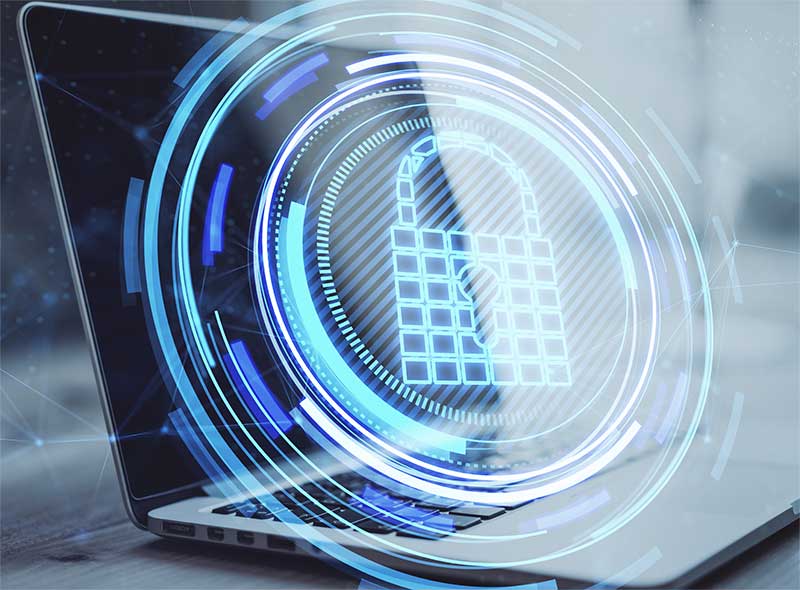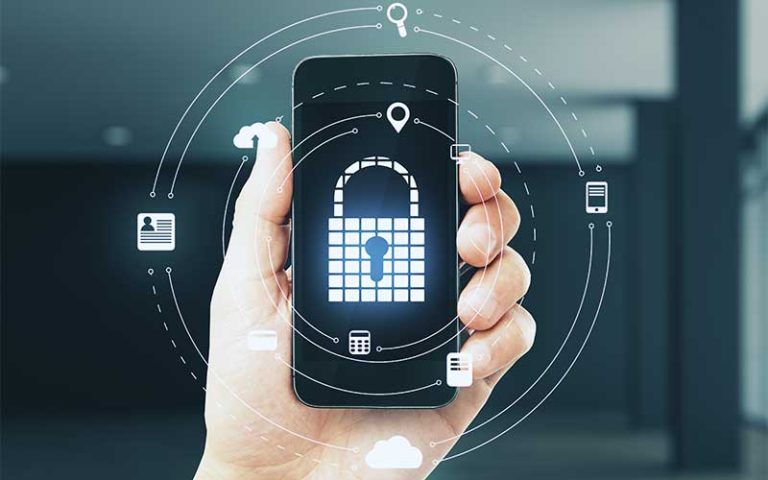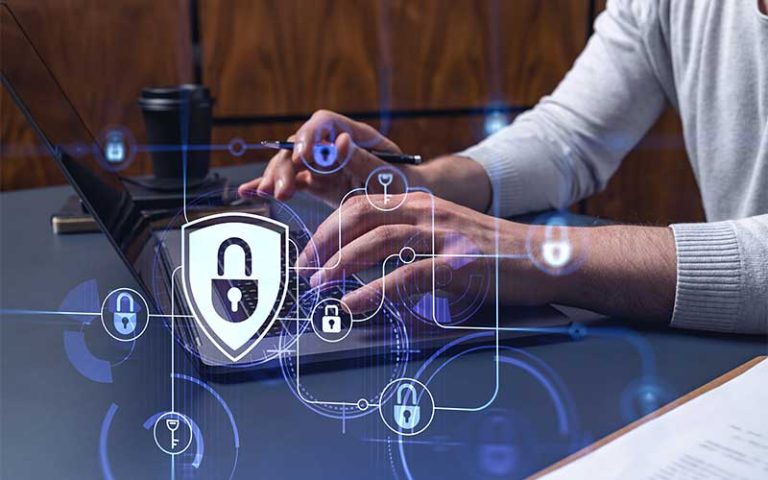What is the role of encryption in cybersecurity?
Have you ever wondered how your personal data and online activities remain safe from prying eyes and malicious hackers? One of the key components ensuring your privacy and security in…
Have you ever wondered how your personal data and online activities remain safe from prying eyes and malicious hackers? One of the key components ensuring your privacy and security in the digital world is encryption. In this article, we’ll dive into the role of encryption in cybersecurity, exploring its importance, methods, practical applications, challenges, and the future. So, let’s get started!
What is Encryption?
Encryption is the process of converting plaintext data into a scrambled, unreadable form called ciphertext. This process involves using complex algorithms and encryption keys to transform the data, making it inaccessible to unauthorized users. Only those with the correct decryption key can unlock the original data.
Types of Encryption
There are two main types of encryption: symmetric and asymmetric. Symmetric encryption uses a single key for both encryption and decryption, while asymmetric encryption uses separate keys for each process. Another important method of securing data is hashing, which creates a fixed-length output from any input data, often used for verifying data integrity.
Importance of Encryption in Cybersecurity
Data Protection
One of the most critical roles of encryption in cybersecurity is data protection. Encrypting sensitive data ensures that even if unauthorized parties gain access to the data, they will not be able to understand or use it without the decryption key.
Confidentiality
Encryption maintains the confidentiality of sensitive information, such as personal or financial data. By keeping this information encrypted, businesses and individuals can protect their privacy and prevent unauthorized access to their data.
Integrity
Encryption also plays a significant role in maintaining the integrity of data. When data is encrypted, any changes made to it without the correct decryption key will result in unreadable and unusable information. This makes it difficult for attackers to tamper with or modify encrypted data.
Authenticity
Encryption helps ensure the authenticity of data and communication by verifying the identities of the parties involved. This is done through the use of digital signatures and certificates, which are encrypted pieces of information that confirm the sender’s identity and the message’s integrity.
Encryption Methods in Cybersecurity
Symmetric Encryption
Symmetric encryption involves the use of a single key for both encrypting and decrypting data. This method is fast and efficient but requires secure key management, as both parties need access to the same key.
Asymmetric Encryption
Asymmetric encryption, also known as public key encryption, uses two separate keys: a public key for encryption and a private key for decryption. This method is more secure than symmetric encryption, as the private key never needs to be shared. However, it is generally slower and less efficient.
Hashing
Hashing is not technically encryption but is a crucial part of securing data. It involves creating a fixed-length output, called a hash, from any input data. Hashing is often used to verify data integrity and authenticate users by comparing stored hashes with newly generated ones.
Practical Applications of Encryption
Secure Communication
Encryption enables secure communication over the internet, such as sending emails, instant messages, and conducting online transactions. By encrypting the data being transmitted, unauthorized parties cannot intercept and read the contents.
Password Storage
When you create an account on a website or app, your password should be stored securely using encryption or hashing. This ensures that even if the website’s database is breached, attackers won’t have direct access to your plaintext password.
Digital Signatures
Digital signatures use encryption to verify the authenticity of a document or message. The sender encrypts the message with their private key, and the recipient uses the sender’s public key to decrypt it. If the message remains unchanged, the recipient can be confident that it came from the original sender.
Protecting Data in Transit
Encryption is essential for protecting data while it’s being transmitted across networks or the internet. This can include securing data transmitted over Wi-Fi, cellular networks, or even satellite communication systems.
Protecting Data at Rest
Encrypting data at rest, such as files stored on a hard drive or in the cloud, ensures that unauthorized users cannot access the data even if they physically access the storage device.
Challenges and Limitations of Encryption
While encryption plays a critical role in cybersecurity, it’s not without its challenges and limitations. One issue is that strong encryption can make it difficult for law enforcement to access data during investigations, leading to debates about encryption backdoors.
Another challenge is the constant evolution of encryption algorithms and key management systems to stay ahead of attackers. As computational power increases, older encryption methods may become vulnerable to brute-force attacks, necessitating the development of new encryption techniques.
Future of Encryption in Cybersecurity
The future of encryption in cybersecurity lies in the development of more advanced and efficient encryption methods. Quantum computing, for example, poses a significant threat to current encryption algorithms, as it has the potential to break them much faster than traditional computers. This has led to research into quantum-resistant encryption algorithms, also known as post-quantum cryptography, to ensure the continued security of our data in a quantum computing era.
Conclusion
Encryption plays a vital role in protecting our privacy and securing our data in the digital world. By understanding the importance of encryption, the methods used, and its practical applications, we can better appreciate the value it brings to cybersecurity. As technology continues to evolve, encryption will remain a critical component in safeguarding our digital lives.
FAQs
Q: What is encryption?
A: Encryption is the process of converting plaintext data into a scrambled, unreadable form called ciphertext. This is done using complex algorithms and encryption keys to protect the data from unauthorized access.
Q: What are the main types of encryption?
A: The main types of encryption are symmetric and asymmetric. Symmetric encryption uses a single key for both encryption and decryption, while asymmetric encryption uses separate keys for each process.
Q: Why is encryption important in cybersecurity?
A: Encryption is crucial in cybersecurity for several reasons, including data protection, confidentiality, integrity, and authenticity. It ensures that sensitive information remains secure, even if unauthorized parties gain access to it.
Q: What are some practical applications of encryption?
A: Some practical applications of encryption include secure communication, password storage, digital signatures, protecting data in transit, and protecting data at rest.
Q: What challenges and limitations does encryption face?
A: Some challenges and limitations of encryption include the need for secure key management, staying ahead of attackers as computational power increases, and balancing the need for strong encryption with the needs of law enforcement during investigations.







